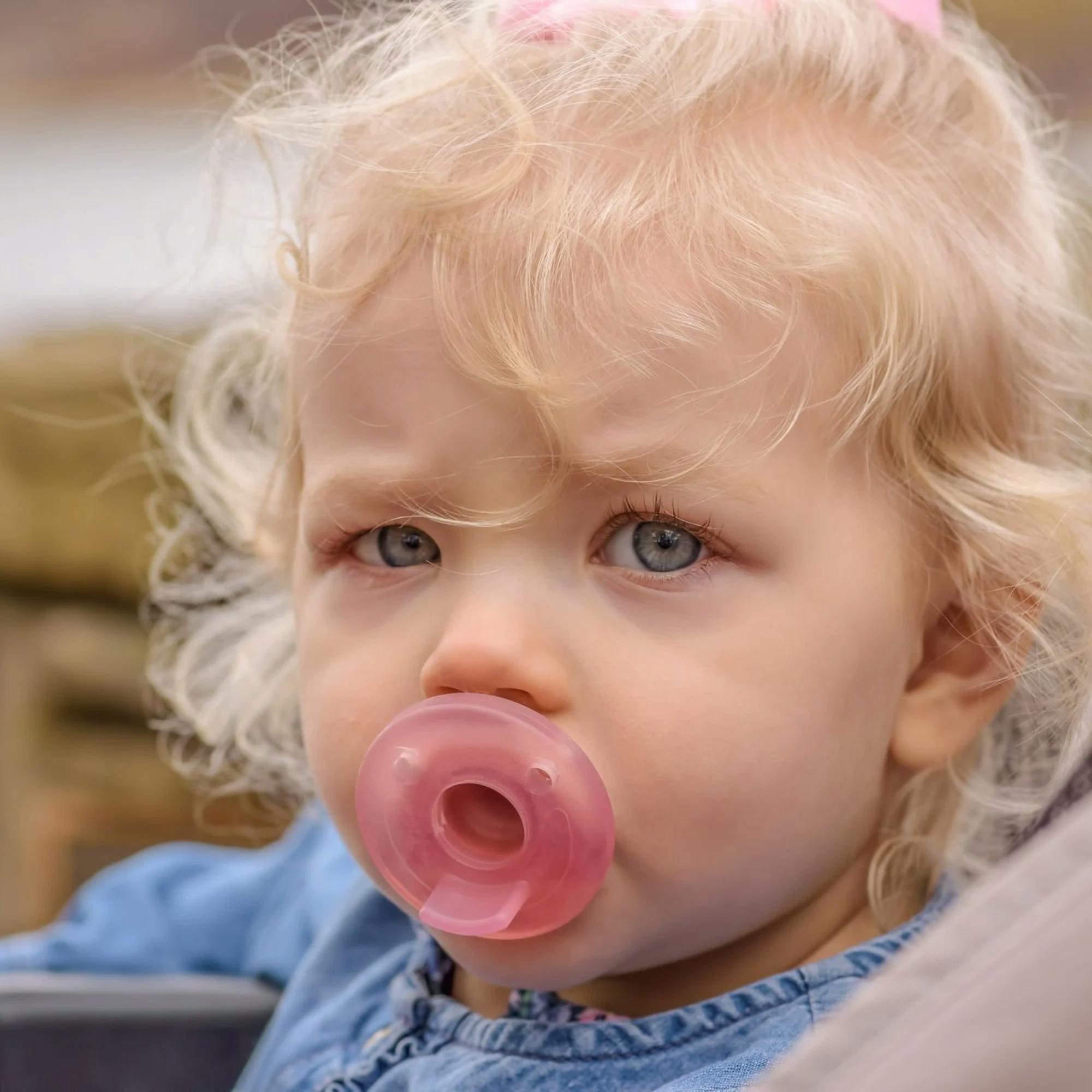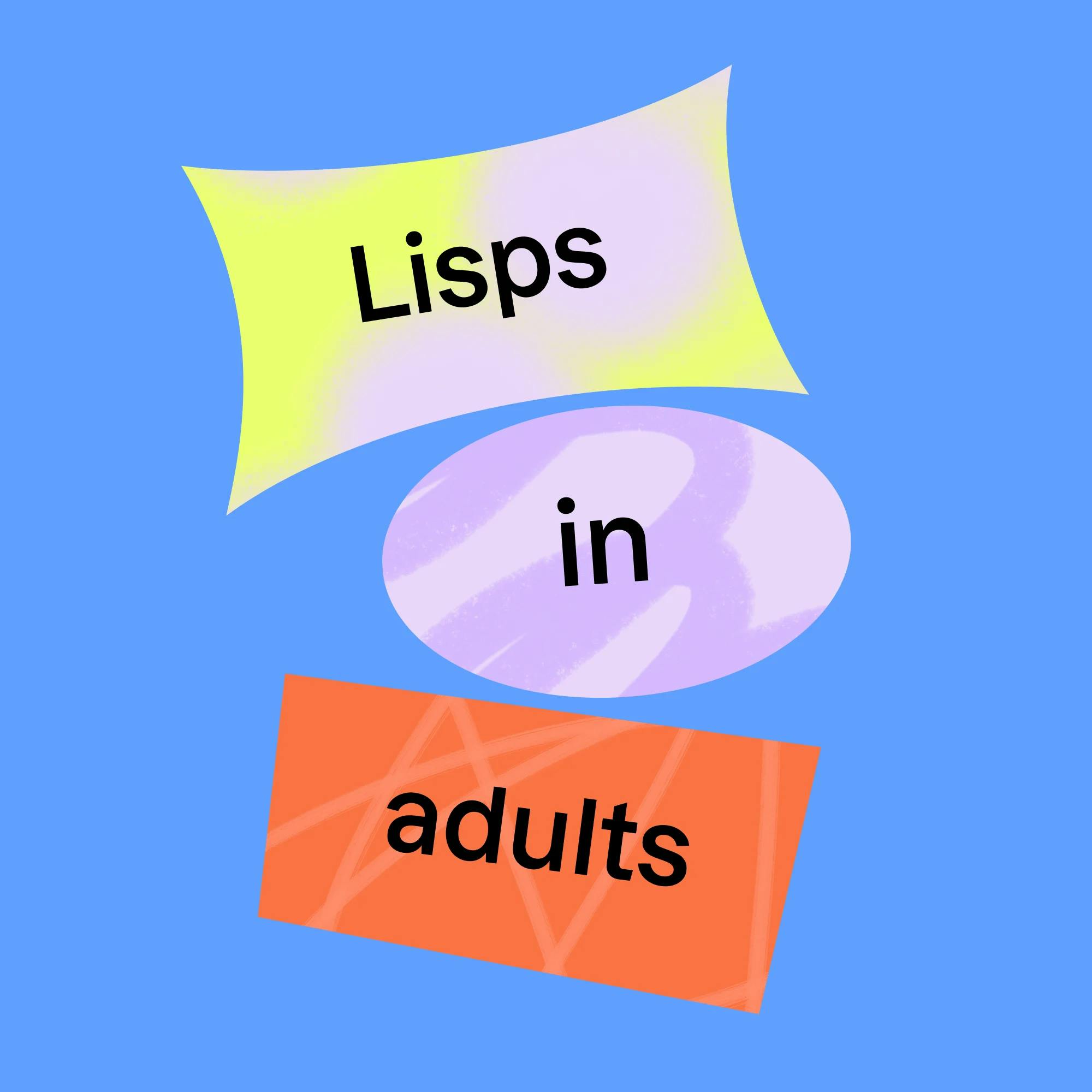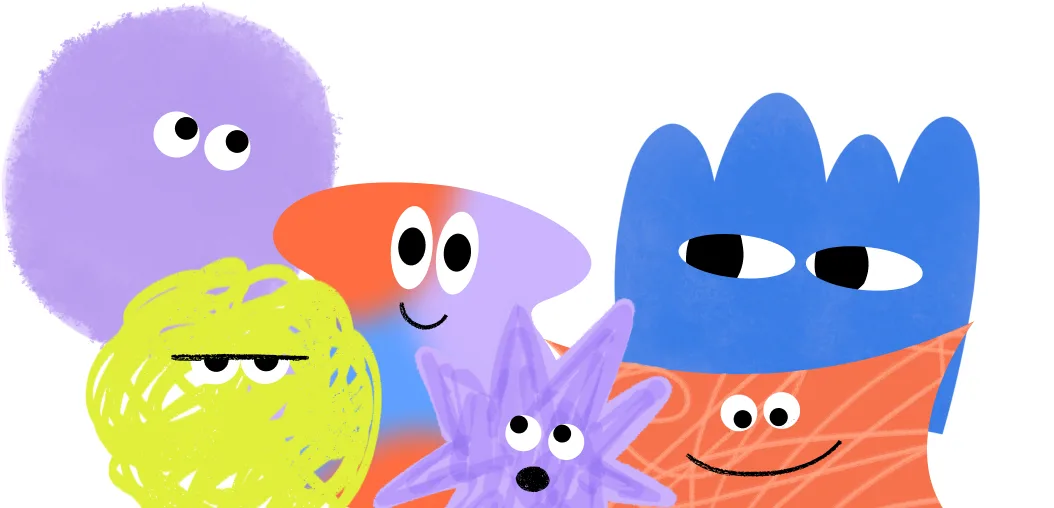A lisp is a speech condition that occurs in both children and adults. If you or your child has a lisp, you’re in good company. Did you know that lisps are some of the most common speech errors? It’s estimated that about 23% of people who receive speech therapy do so because of a lisp.
Read on to learn exactly what a lisp is, what causes it, and how speech therapy can help.


What is a lisp?
A lisp can occur when a person has difficulty pronouncing the sounds /s/ and /z/. Lisps usually develop during childhood, and they can persist into the teenage years and adulthood when not given the proper treatment.
There are actually four different types of lisps. Understanding the type of lisp is important because it helps inform the treatment approaches used in speech therapy.
1 Interdental, or frontal, lisp
This type of lisp occurs when the tongue is pushed forward between the teeth, so the person makes a “th” sound when trying to pronounce /s/ or /z/.
2 Lateral lisp
This type of lisp occurs when the sides of the tongue are raised, which causes air to escape around the sides of the tongue. A lateral lisp is often described as sounding “slushy" or "mushy."
3 Dentalized lisp
This kind of lisp is very similar to an interdental lisp because the tongue pushes forward. However, the difference is that instead of the tongue pushing between the teeth, it pushes against the teeth.
4 Palatal lisp
This type of lisp occurs when the tongue pushes up against the soft palate, or the roof of the mouth. A palatal lisp isn’t as common as the other types, but it can still make it hard to produce the /s/ and /z/ sounds.

What might cause a lisp?
As we’ve mentioned, a lisp is an incorrect production of the /s/ and /z/ sounds. A lisp is caused by an incorrect motor pattern of tongue positioning and movement. When a person has a lisp, they’re positioning their tongue in a way that obstructs the airflow needed to make the /s/ and /z/ sounds. That distorted airflow creates the lisping sound. The reason for this incorrect tongue position isn’t always clear. Lisps can be caused by a variety of factors, including:
Learning to produce the /s/ and /z/ sounds incorrectly as a child
A jaw misalignment, or problems with a person’s jaw alignment
A tongue tie, which occurs when the tongue is attached to the bottom of the mouth and its movement is limited, may lead to a lateral lisp
A tongue thrust, in which the tongue protrudes forward; this can also impact feeding and swallowing


Is it possible to outgrow a lisp?
It’s important to note that an interdental lisp can be a normal part of development. A clinical review was completed in 2020 to assess at what ages a child typically produces each speech sound correctly. The studies in the review showed that correct /s/ and /z/ production is typically acquired by 4 years, 11 months of age. This means that up until that age, an interdental lisp could technically be considered a normal part of development. You might be wondering if you can outgrow a lisp. Lisps can go away on their own. However, if a lisp persists past 5 years of age, speech therapy may be needed to correct it.
Expert speech support for adults
If you'd like to improve your speech skills, we're here for you. Get matched with a licensed speech therapist today.
 Get started
Get startedHow can you correct a lisp?
A speech-language pathologist can help both children and adults with a lisp. Through a detailed speech evaluation, the speech therapist can determine which type of lisp a person has and create a specific program to target placement of the tongue.
Speech therapy for a lisp works to train the positioning of the tongue muscles to produce a clear /s/ and /z/ sound. Treatment may focus on other speech sounds, or phonemes, as well, depending on the person’s needs.
Speech therapy for a lisp trains the positioning of the tongue muscles to produce a clear /s/ and /z/ sound.
For those working on /s/ production, weekly speech therapy is usually recommended. Your speech therapist will determine the best starting point for practicing the /s/ sound. This is important! When learning a new sound, a big factor in making progress involves starting at the right level.
For example, if a person can’t pronounce the /s/ sound correctly on its own, they shouldn’t be practicing that sound in phrases. Speech therapy begins by focusing on the /s/ sound by itself. From there, therapy moves to practicing /s/ in syllables, then words, and so on, meeting a series of smaller goals as the person moves toward pronouncing /s/ correctly in everyday conversation.


Speech therapy also targets sound production based on where the sound appears in words. Here's an example of /s/ in different word positions:
Initial word position = soup
Medial word position = messy
Final word position = class
It takes time to move through these stages, but following this structured plan pays off in the long run. If you or a loved one is concerned about speech, contact a speech therapist for an evaluation. While earlier intervention is always recommended, adults can benefit from speech therapy as well. A lisp can be corrected at any age!
Concerned about your child's speech?
We're here for you. Get matched with a speech therapist who's experienced in your child's area of need and available when you are.
 Find a speech therapist
Find a speech therapistFrequently asked questions about lisps
1. How do I know if my child has a lisp?
A lisp refers to difficulty pronouncing the sounds /s/ and /z/. There are actually four different types of lisps. They can sound slightly different, and certain types may be developmentally appropriate, depending on your child’s age. If you have concerns about your child’s speech, take our free screener.
2. Can a lisp be caused by a tongue thrust?
Yes. While the cause of a lisp isn’t always clear, some factors include having a tongue thrust, tongue tie, or problems with jaw alignment. Whatever the cause, speech therapy can help correct a lisp.
3. How do I get rid of a lisp?
Speech therapy for a lisp helps train the positioning of the tongue muscles to produce a clear /s/ and /z/ sound. A speech therapist can determine which type of lisp a person has and create a plan to target placement of the tongue. Get matched with a speech therapist who's experienced in treating lisps.
4. Can a lisp go away on its own?
People can outgrow a lisp. However, if a lisp persists in a child past 5 years old, speech therapy may be needed to correct it. Take our free screener to learn if your child’s speech is typical for their age.
5. Can I fix a lisp myself?
It may be tempting to try fixing a lisp on your own, especially with so many resources online. But it’s important to practice correctly so you don’t make the lisp worse or cause new problems. In speech therapy, you’ll learn to say the /s/ sound correctly at various levels, in a specific order, so you can achieve success. Start our easy signup process here!
How Expressable Can Help
Concerned your child isn't reaching age-expected milestones? Looking for communication support from a professional? Expressable is a national online speech therapy practice serving children and adults. We treat all major areas of communication and feeding, offer flexible hours including evenings and weekends, and accept most major health insurance plans. We’re proud to have earned more than 3,000 5-star reviews from our clients (4.9/5 average).
Our therapy model is centered on parent and caregiver involvement. Research proves that empowering caregivers to participate in their loved one’s therapy leads to better outcomes. That’s why we combine live, 1-on-1 speech therapy with personalized education and home practice activities for faster progress.
Communication is more than words. It’s how we share how we feel and show who we are. We’re here to help you or your child do just that.
 Heather Gross, M.S., CCC-SLP
Heather Gross, M.S., CCC-SLP












